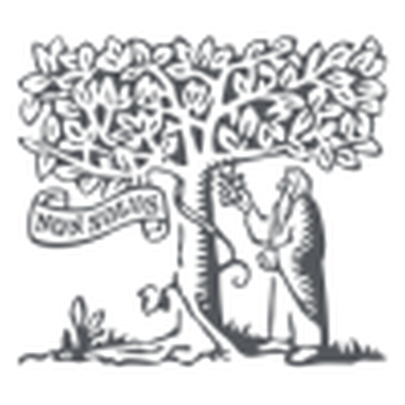Ancient History in Werner Rolevinck’s Fasciculus Temporum
DOI:
https://doi.org/10.33077/uw.25448730.zbkh..309Keywords:
Fasciculus temporum, Werner Rolevinck, universal chronicles, devotio moderna, Middle Ages.Abstract
Composed between the years 1468–1472 by the Carthusian monk from Cologne Werner Rolevinck, the Fasciculus Temporum belonged to the last wave of medieval universal chronicles, distinguished by the fact that these works received immediate printed distribution. However, the information content and type furnished by Rolevinck with respect to ancient history is truly disillusioning. Compared to previous authors of universal chronicles, ranging back to Martinus Polonus (13th c.), or even earlier writers, Rolevinck’s data and interpretations differ in no respect at all. When one remembers that contemporary renaissance historians were already depicting antiquity in a very different manner, Rolevinck’s attitude seems truly out of place. And yet his work enjoyed tremendous popularity even measured by the standards of the printed book. Over the ten years from the fi rst edition, his chronicle was reprinted fourteen times, and at least that many times over the following years, until his death in 1502. The phenomenon of Rolevinck’s popularity cannot be explained otherwise than by pointing to a completely different function of the book than learned use, typical for earlier universal chronicles. The Fasciculus Temporum should be treated as an element of the religious movement known as devotio moderna. The chronicle was not intended for the intellectuals, but for ordinary people, who could learn from it the doctrine of the divine plan for human salvation inscribed into the history of mankind. The book offered not only the basic facts and names of Biblical history, but also an original visualisation of the historical process in its graphical layout, which could be meditated on. Moreover, it seems that the use of print on the part of Rolevinck was conscious and intentional. This feature too links him with the devotio moderna.






